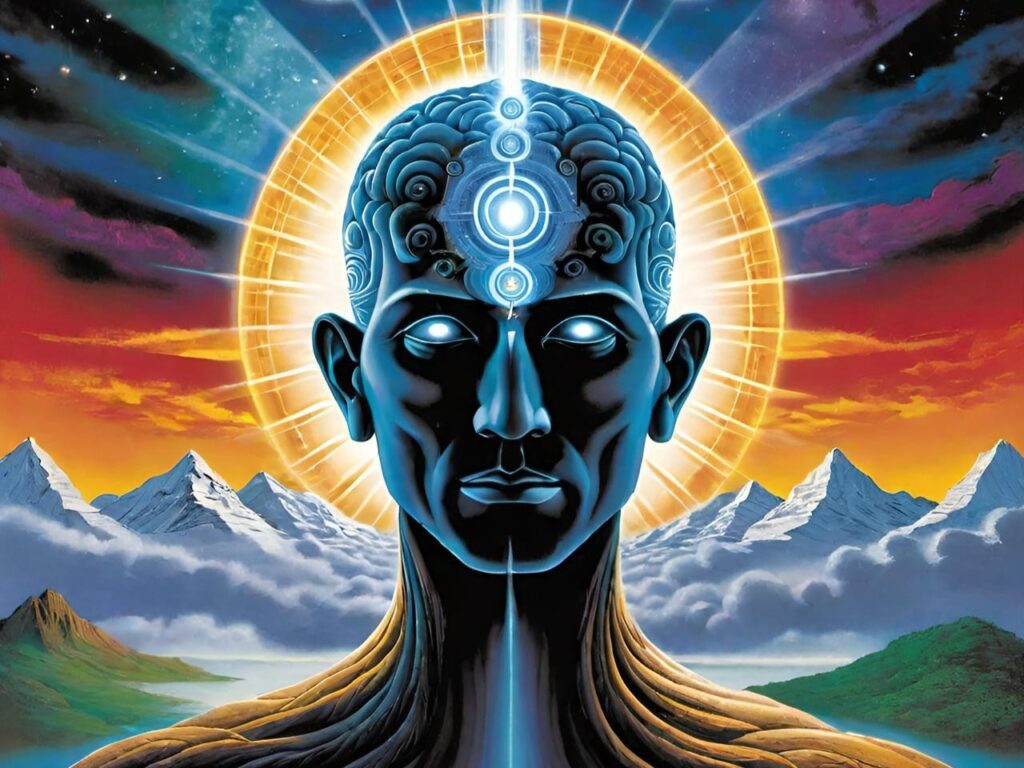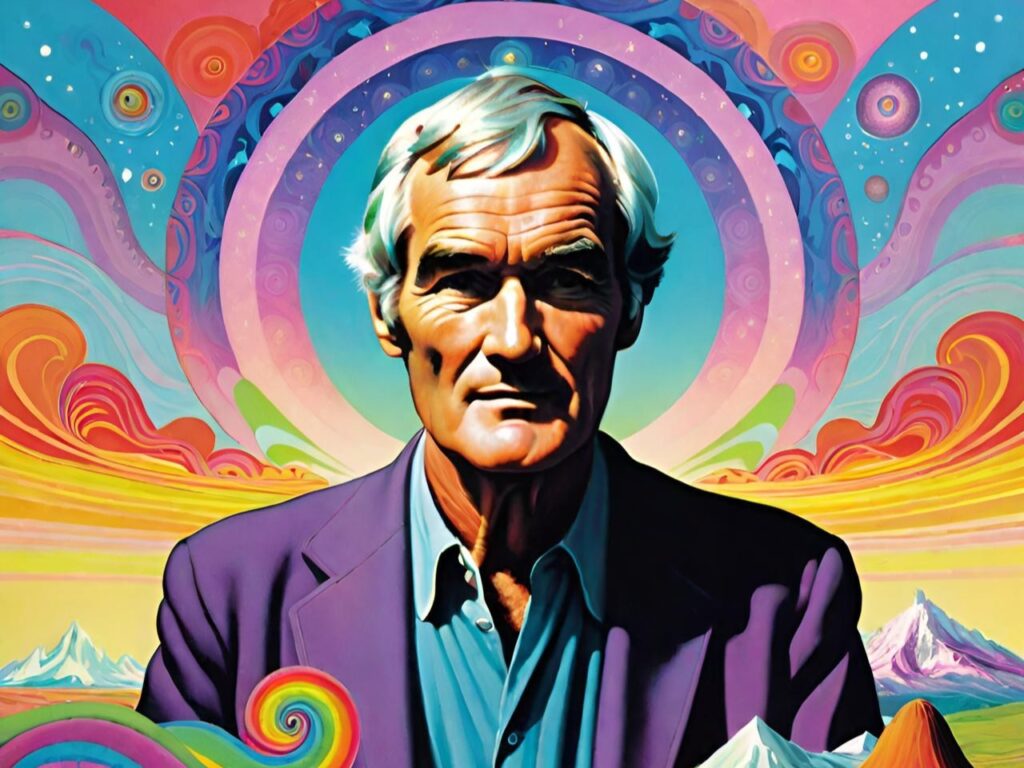Vodou, often misspelled and misunderstood as “voodoo” in popular Western culture, is a complex religion deeply rooted in the history and spirit of the Haitian people. At its core, Vodou embodies a rich tapestry of spiritual practices, ancestral worship, and community bonding. However, one of the most captivating aspects of Vodou ceremonies is the transcendental trance that often befalls its participants—a spiritual experience that has intrigued both believers and skeptics alike.
This trance state is not merely a form of ecstatic religious expression but a deeply spiritual journey that connects the attendees with the Loa (spirits) of the Vodou pantheon. The ceremony typically begins with songs, drumming, and dancing, which serve as an invitation for the Loa to join the gathering. As the rhythm intensifies, so does the energy within the space, creating a palpable sense of the divine presence.
Mounted by Lao
The moment of trance induction is both subtle and profound. Participants may enter this state through a combination of factors, including the power of the drum rhythms, the communal energy of the ceremony, and their personal openness to the spirit world. In this trance, attendees are believed to become “mounted” by the Loa, who temporarily inhabit their bodies to communicate, offer advice, and heal.

Communion with the Divine
What makes this experience mystifying is not just the visible change in the demeanor of those who enter the trance, but the depth of transformation they often report. Descriptions of the experience vary widely, with some attendees speaking of overwhelming feelings of love and unity, while others recount specific messages or visions received from the spirits. The trance state is considered a sacred moment of direct communion with the divine, offering insights, blessings, and sometimes even physical healings.
Skepticism
Skeptics and scientists have offered various explanations for the trance phenomenon, ranging from psychological to neurological theories. However, these explanations often fall short of fully capturing the subjective reality and spiritual significance of the experience for those involved. For believers and participants, the trance is a real and tangible manifestation of the spirit world’s power and presence.
Conclusion
The Vodou church, with its rich traditions, serves as a powerful reminder of the complexity and depth of human spirituality. The trance phenomenon challenges the boundaries of our understanding, inviting us to consider the vast realms of human consciousness and spiritual experience. It stands as a testament to the enduring human quest for connection with something greater than ourselves, a journey that continues to mystify, inspire, and transform.





